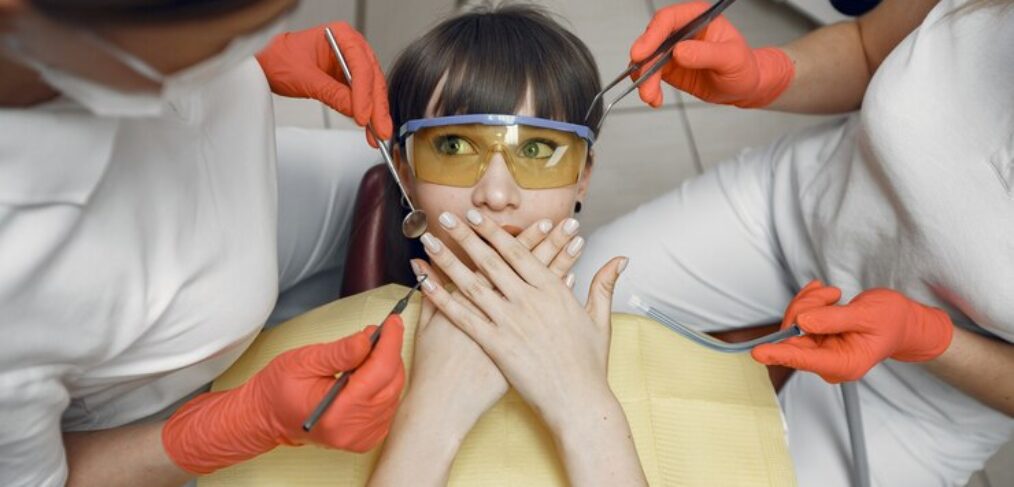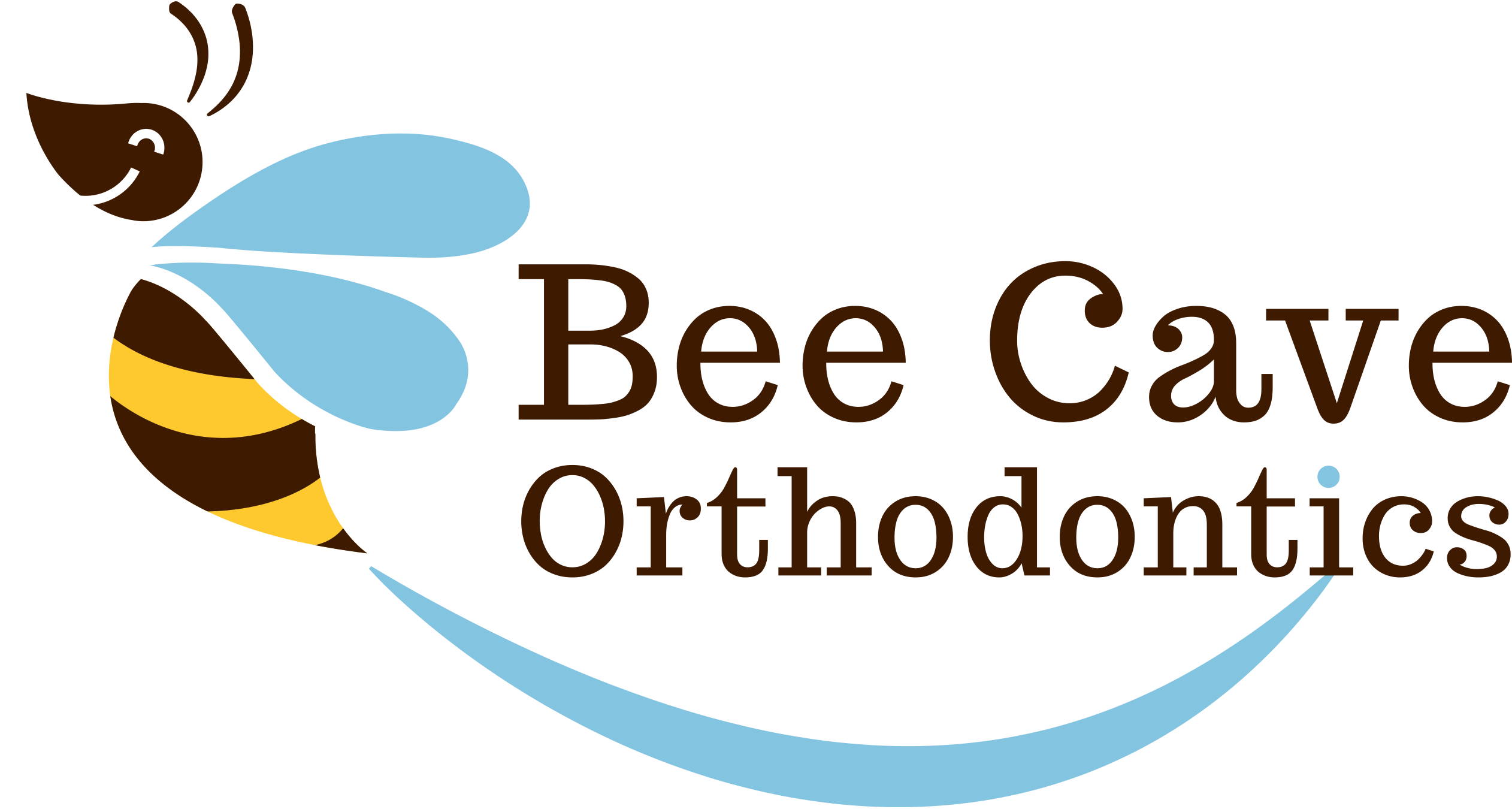
5 Dental Emergencies: What to Do When Something Goes Wrong

Identify Orthodontic Issues
Orthodontic treatments like braces or aligners are highly effective in correcting teeth alignment, but they can come with occasional complications. Below are some of the most common dental emergencies involving braces and tips on how to address them.
Preview
Toggle1. Broken Brackets
A broken bracket is one of the most common orthodontic emergencies. Brackets are the small, square pieces that are bonded to the front of your teeth, holding the wires in place. When a bracket breaks, it may cause discomfort or impede your treatment’s progress.
What to Do:
- Step 1: If the bracket is still attached to the wire, leave it in place. You can use orthodontic wax to cover the sharp edges and prevent them from irritating your gums or cheeks.
- Step 2: If the bracket has completely detached, store it in a safe place and schedule an appointment with your orthodontist.
- Step 3: While broken brackets aren’t usually painful, they should be repaired as soon as possible to avoid prolonging treatment.
2. Loose or Poking Wires
Wires running through the brackets can sometimes come loose or shift, causing discomfort. A wire that pokes the inside of your mouth can lead to sores, making it difficult to eat or speak.
What to Do:
- Step 1: Use the eraser end of a pencil or a cotton swab to gently push the wire back into place.
- Step 2: Apply orthodontic wax to the area to reduce irritation.
- Step 3: If the wire is too long or continues to poke, carefully cut the excess wire with clean nail clippers and schedule an appointment with your orthodontist to adjust it properly.
3. Loose Bands or Spacers
Bands and spacers are often used in conjunction with braces to maintain spacing between your teeth. Occasionally, these can become loose or fall out.
What to Do:
- Step 1: If the band or spacer falls out, try to gently reposition it if you can.
- Step 2: If it’s impossible to place back, store it safely and contact your orthodontist.
- Step 3: Do not attempt to replace the bands or spacers yourself, as improper placement could affect your treatment.
4. Tooth Pain or Soreness
Mild discomfort is normal after orthodontic adjustments, but sharp or prolonged pain could signal a deeper issue such as tooth decay, gum infection, or a misaligned bite.
What to Do:
- Step 1: Rinse your mouth with warm saltwater to ease soreness.
- Step 2: Use over-the-counter pain relievers like ibuprofen to manage discomfort.
- Step 3: If the pain persists or worsens, contact your orthodontist or dentist in Austin to assess the problem.
5. Lost Retainers or Aligners
After braces, retainers and aligners play a crucial role in maintaining your newly aligned smile. Losing or damaging them can cause teeth to shift back to their original position.
What to Do:
- Step 1: Keep your retainer or aligner case with you at all times to avoid accidental loss.
- Step 2: If you misplace or damage your retainer, contact your orthodontist to get a replacement as soon as possible.
When to Seek Professional Help
While some minor orthodontic emergencies can be handled at home, there are times when you should seek professional help from a dentist or orthodontist in Austin, Texas. Here’s when to call for emergency care:
1. Severe Pain or Swelling
If you experience intense pain or noticeable swelling in your mouth, it could be a sign of infection or other serious issues. Don’t wait—seek help immediately.
2. Trauma to the Face or Teeth
If you suffer a blow to the face and your braces or teeth are damaged, go to the emergency room or visit your dentist immediately. Such injuries can lead to broken teeth, dislodged brackets, or damaged wires, which may require urgent treatment.
3. Broken Appliances
If your braces, wires, or other orthodontic appliances are broken beyond what you can manage at home, schedule a visit with your orthodontist. Prolonged delays in repairing broken appliances can extend your treatment time.
4. Lost Retainers or Aligners
While not an immediate emergency, lost retainers or aligners should be replaced as soon as possible to prevent your teeth from shifting out of alignment.
How to Prevent Orthodontic Emergencies
While orthodontic emergencies can happen, many are preventable with good habits and care. Here are a few tips to reduce your risk:
- Avoid sticky, hard, or crunchy foods that could damage your braces.
- Use a mouthguard during physical activities to protect your teeth and orthodontic appliances.
- Regularly check for loose brackets or wires and address small issues before they become big problems.
Schedule a free consultation!
Orthodontic emergencies are rarely life-threatening, but they can be uncomfortable and impact your treatment progress. Knowing how to handle common issues like broken brackets, loose wires, and tooth pain can save you from unnecessary stress and trips to the dentist.
However, if you’re in Austin, Texas, and dealing with a more serious complication, don’t hesitate to reach out.
We appreciate your support and look forward to continuing to provide exceptional orthodontic care to the Austin community.
Click here to schedule a free consultation!



